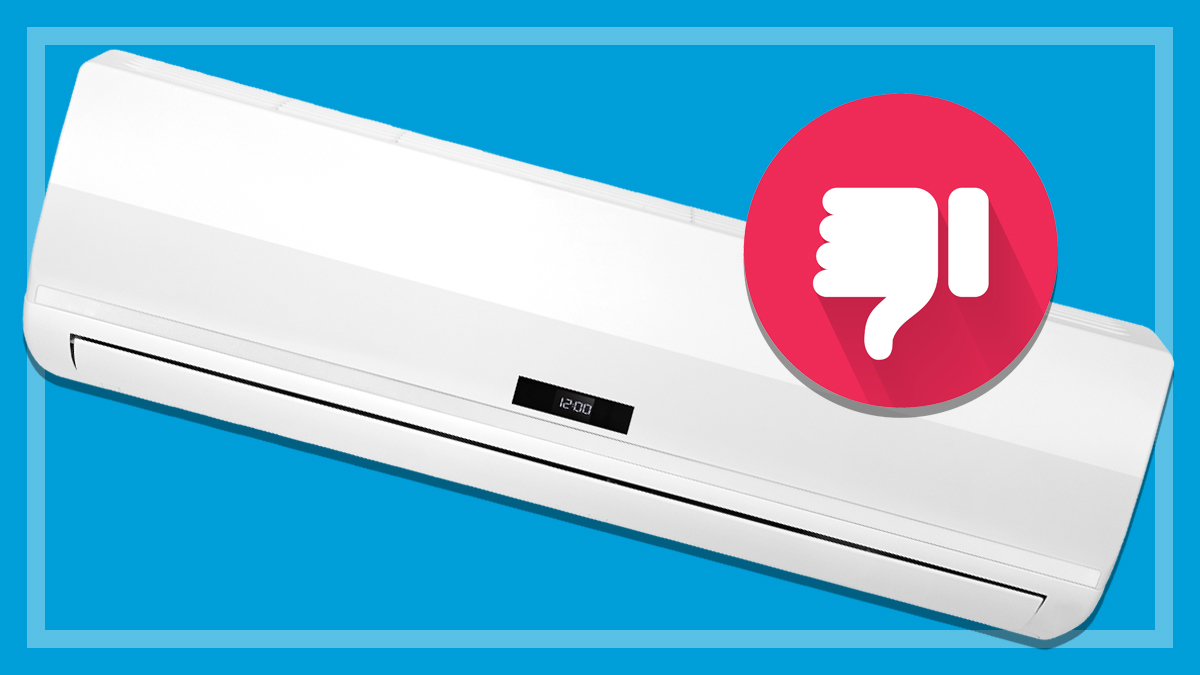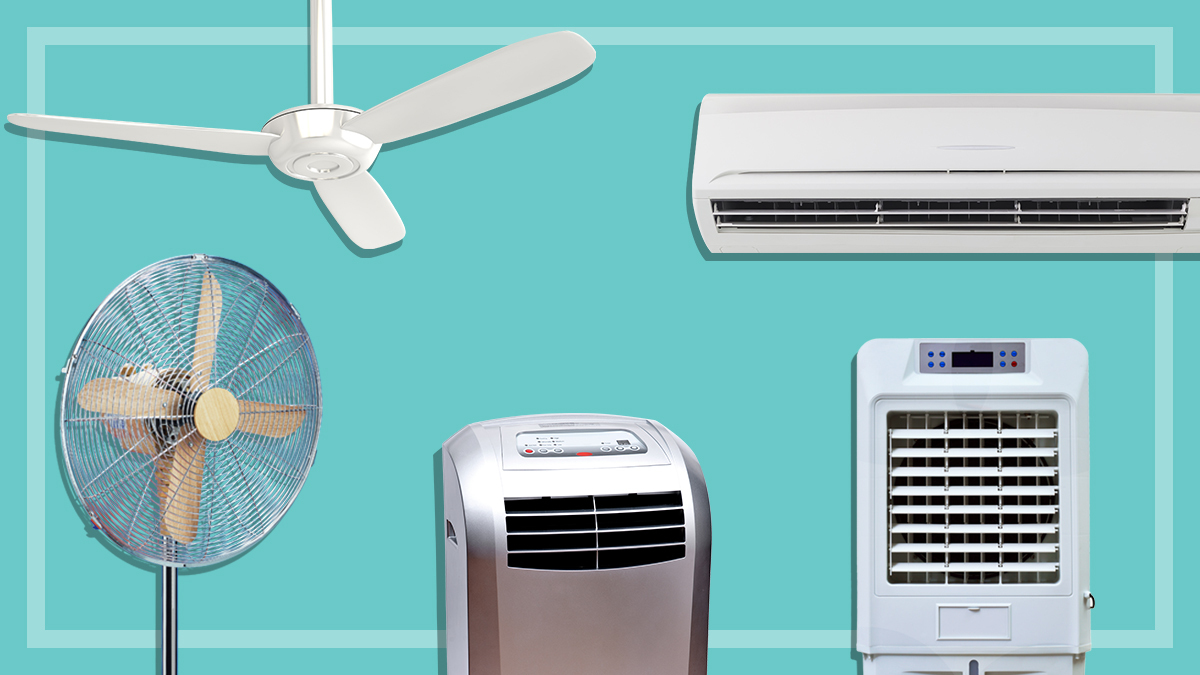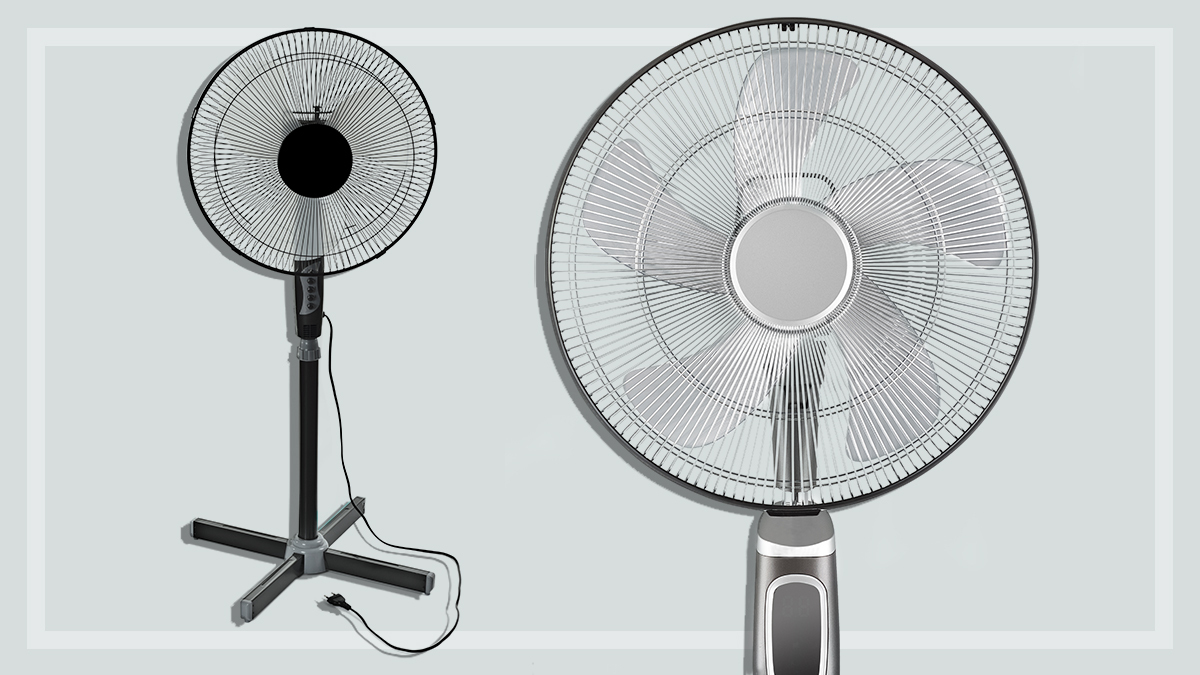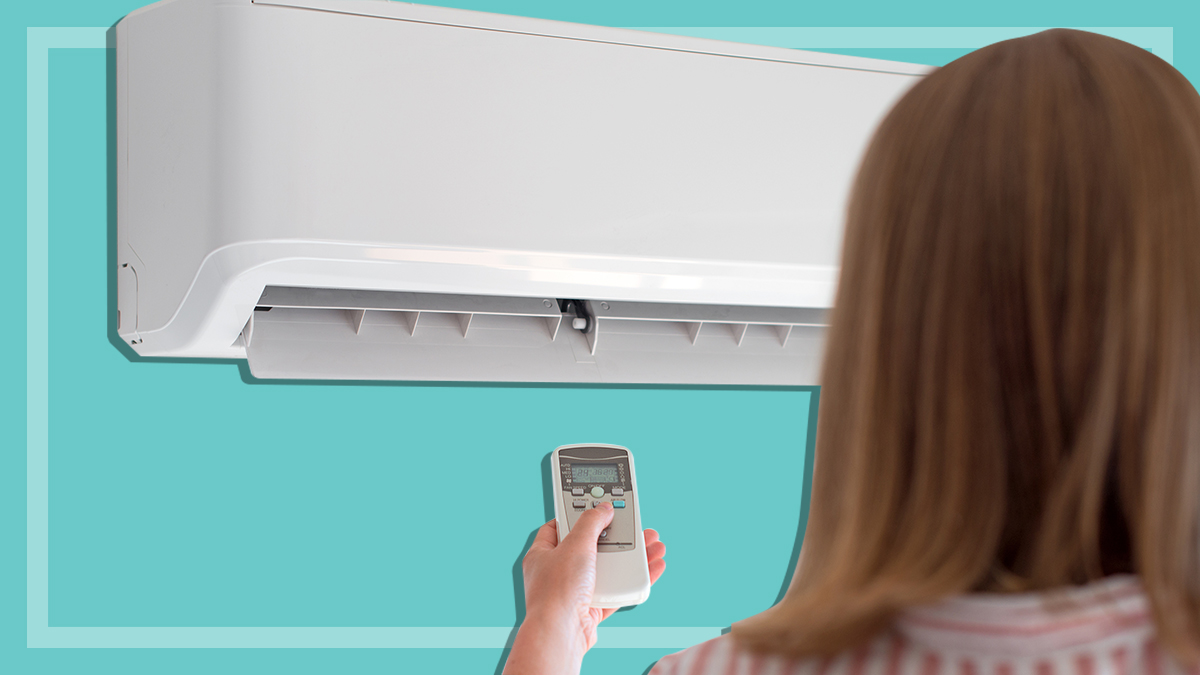Get our independent lab tests, expert reviews and honest advice.
How we test ceiling fans
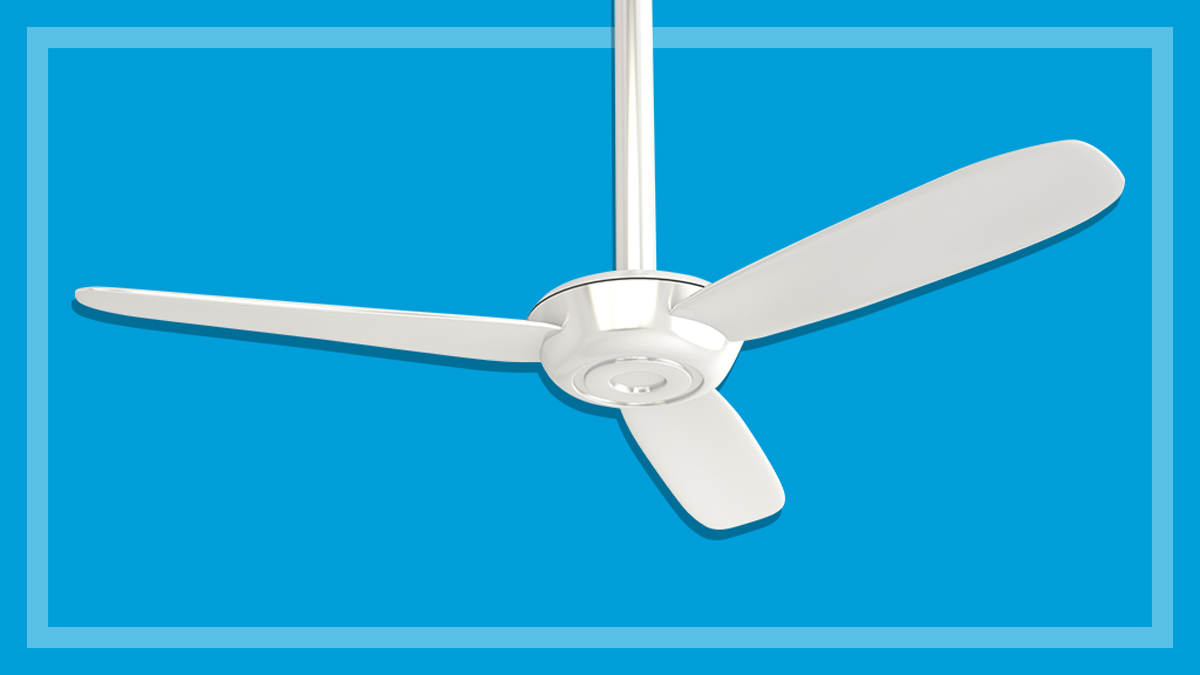
Ceiling fans come in a variety of styles: one to five blades, steel or timber, alternating (AC) and direct (DC) current motors and more.
On this page:
They’re also available in a wide range of prices, with some being cheap as chips or setting you back several hundred dollars.
So how can you tell which one will do the best job? We put fans through their paces to help make buying a breeze. Here’s how we do it.
Our expert testers
We’ve been reviewing ceiling fans for many years now, and we’ve adjusted our testing methods over that time to keep them rigorous and practical.
While we test most products in our own labs, fan testing requires particular facilities and equipment that we unfortunately don’t have space for.
Because of this, fans are one of the few products we send to another expert lab, which tests them according to our requirements.
How we choose what we test
With so many models to choose from, what makes us test one ceiling fan over another? As with most of our product testing, our aim is to test the most popular brands and types on the market, and what you’re most likely to see in stores.
- We survey manufacturers to find out about their range of products.
- We check market sales information.
- We check for any member requests to test specific ceiling fans.
From this information, we put together a final list that goes to our buyers. They then head out to the retailers and purchase each product, just as a regular consumer would.
We do this so we can be sure the product is the same as any consumer would find it, and not ‘tweaked’ in any way for better performance.
How we test ceiling fans
Ceiling fan performance
The fan’s performance is evaluated using our test program and quality requirements in a controlled test room measuring 4.5m x 4.5m x 2.4m high.
The room has no furniture or heat source and has bare flat walls, floor and ceiling.
We measure room temperature and humidity before and during the tests to confirm their consistency for all tests, and all fans are pre-conditioned by running them on maximum speed for one hour.
Fan rotational frequency
Fan rotational frequency is measured with a tachometer on each regulator setting. The instrument output is averaged over one minute for each reading. Measurements are taken for the highest and lowest regulator settings only.
Total air delivery is calculated for both high and low settings. The temperature rise of the regulator and fan motor is measured after approximately 30 minutes of operating time.
Performance in a living room
This accounts for 40% of the CHOICE Expert Rating (our overall score).
It’s how we assess the fan’s ability to move air at high speeds – a setting more likely to be used in a larger area during the day. The more powerful the setting is, the better the score.
Performance in a bedroom
This accounts for 40% of the CHOICE Expert Rating.
It rates the fan’s ability to move air at the lowest setting – the most common setting to be used at night while sleeping.
- Weak air movement earns a score of 55%
- Moderate air movement earns a score of 70%
- Gentle but effective air movement earns a score of 90%
- Models considered too powerful on their lowest setting score 50%.
Strong air movement is less desirable when you’re trying to sleep, but can still be compensated for with an extra sheet, for example. Weak air movement, on the other hand, is essentially useless.
Many DC ceiling fans have very low air delivery on the lowest setting, but one of the next four settings will most likely deliver the required optimum air delivery for a bedroom.
Ease of use
This accounts for 20% of the CHOICE Expert Rating.
Ease of use is based on how easy it is to follow the installation instructions, use the fan control, reverse the rotational direction of the fan and move from one fan speed setting to another.
We allocate a higher proportion to the day-to-day use of the fan, as you’ll most likely have an electrician install the fan.
Noise (dBA)
Noise is measured with a sound level meter positioned one metre below the centre of the fan in the test room on:
- the lowest and highest regulator settings
- the highest regulator setting in the reverse fan direction.
The dB values are comparative only. We’re unable to deliver the exact decibel figures collected for each model, as the test room’s ambient noise levels are not low enough to distinguish the difference in noise levels below 30dB.
While the actual fan sound may seem loud or quiet, it’s the type of noise produced that people often find distracting, and these noises can be produced at levels that are still very low.
A listening test is also used to describe the type of sound (clicking, humming and so on).
We’ve started to carry out additional noise measurements in a quieter test room and will deliver more useful data on the noise generated at the lowest speed setting in our next test.
Humming or buzzing
We’re sometimes asked about humming or buzzing noises in ceiling fans. These are usually caused by ripple control signals sent through the electricity supply (to switch devices such as hot water systems on and off for off-peak tariff switching).
This is a known problem that’s unlikely to be covered by the fan’s warranty.
Your electricity supplier may be able (or even required) to fix the problem, so contact them in the first instance to see how they can help. We don’t test fans for this problem so we can’t advise if any are more susceptible to it.
Running cost
These costs are based on eight hours of use per day for six months of the year, used in summer to keep cool and part of winter to help move warm air down to the living area. To calculate this, electricity is priced at 40 cents per kWh.
Our test lab
The CHOICE labs are up to date with the latest reference machines and calibrated measurement tools, so our testers can bring you the right results.
For any testing required where we don’t have the necessary in-house skill or equipment, we use an external expert lab.


